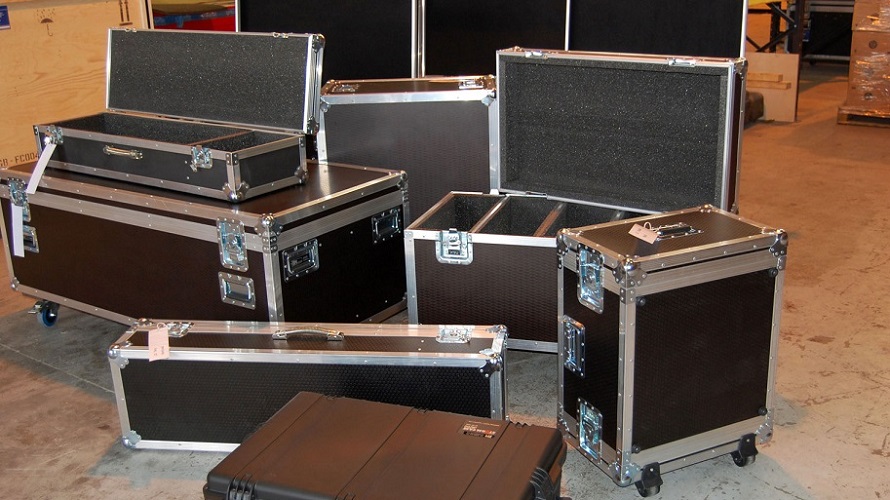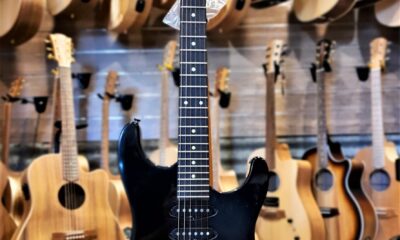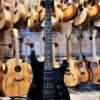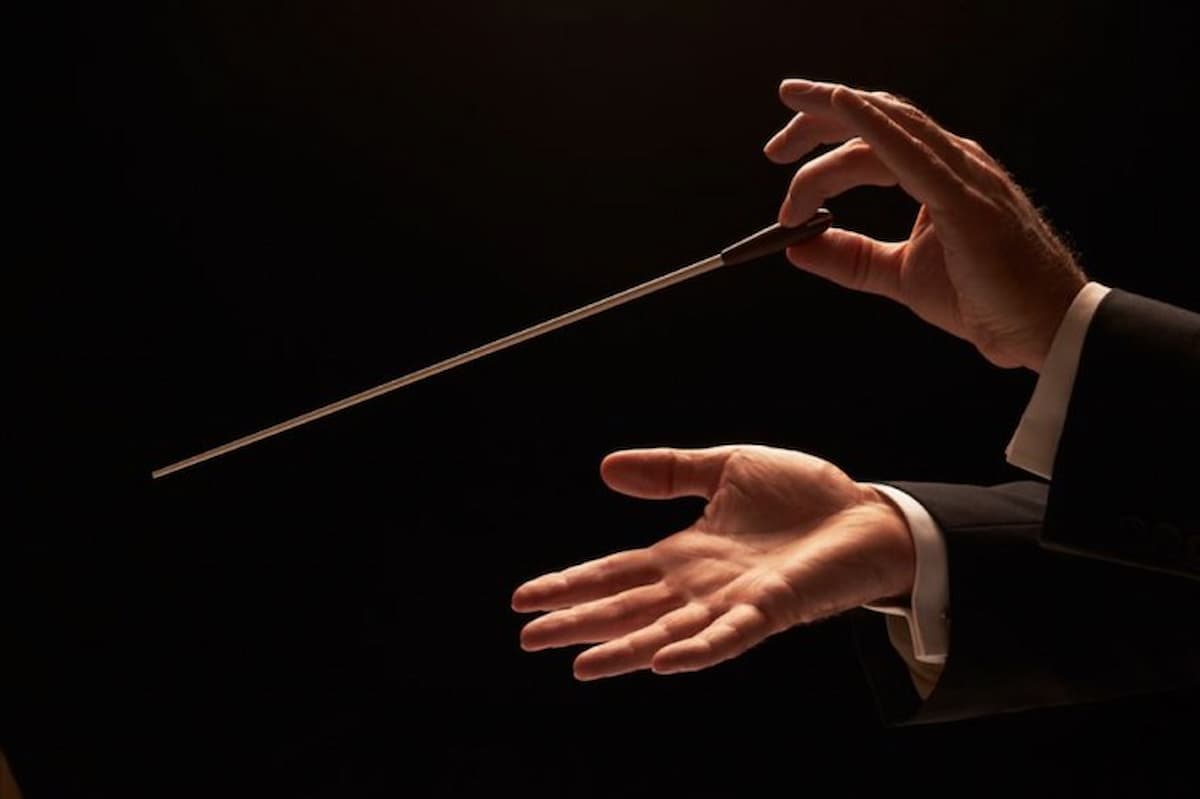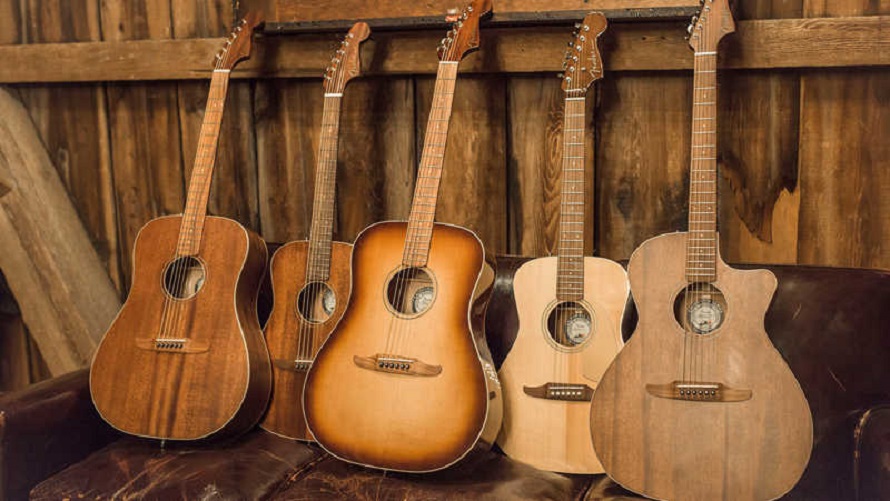Audio & Video
Musicians’ Guide for Keeping Instruments Safe While Travelling
If there’s one thing I have certainly realized about Aussies, is that we are huge music freaks. Music is a part of our everyday lives, so with summer on the threshold, the number of outdoor music events has increased and so has the need for musicians. Whether you’re going to serenade a couple out on the beach for their honeymoon, fiddling on your grandmother’s 80th birthday party or just join a street jam session, chances are you’re going to need to travel round the whole country. Wherever the next gig is, you’ll need to arrive there in one piece, meaning your instrument should be well protected and you should be in a serene state of mind. To save you from the hassle, I pulled together a guide on how to safely transport your valuable instrument.
In Any Case, Use a Travel Case
Planes, cars, boats, whatever your preferred transport choice is – they all can be bumpy. You can’t just put your instrument in a potato sack and hope nothing happens to it. Protect it by making the right pick from the many custom travel cases specially designed for this purpose. Just keep in mind that your instrument has to fit tightly into the well-padded case so it doesn’t move inside it too much. Check if the dimensions are suitable and everything will be good. In the past, musicians used to fill up their cases with bubble wrap, socks, some of the groupie underwear they got and everything soft they could use as secure padding. However, today, custom travel cases are built to have a hard outside shell, but extra soft insides. Believe me when I tell you that with a travel case like that your instrument won’t even get a scratch.
Fight Off the Elements
If you’re setting out to a place with a dryer climate and your instrument needs to spend a lot of time in the trunk of your car, make sure to use an instrument humidifier. Maintaining a normal humidity level in this case will prevent the heat from melting the varnish, warping the wood, or rendering your instrument unusable. The majority of string instruments come with their own hygrometer to measure humidity. For all wooden instruments, a healthy humidity level is around 40%. And the opposite applies for colder, wet areas. Get yourself a dehumidifier to tackle condensation, fight off damp and prevent mould from forming. Please do so – nobody wants to listen to you playing on a rusted guitar.
Insurance for Reassurance
We know how expensive instruments can get, and a real musician is really picky when it comes to buying his lifetime companion. You’d want to buy the best you can get – that’s for sure. Having an instrument that expensive will make you feel that you should always have your eyes on it, which can be quite exhausting when on a long tour. Fear no more! Get an insurance policy and you’ll never ever have to worry about something going wrong with your music equipment. Yeah, that’s right – a policy. The life of your instrument is precious too, you know. It’s easy – just include it in your own insurance coverage. Most insurance agents will appraise your instrument for a modest fee, and some even for free, depending on the policy. If anything were to happen to your instrument while travelling, most airlines and cruise-lines don’t offer any compensation to replace or repair it. Being covered by a policy is always a safe alternative if, God forbid, any disaster strikes.


